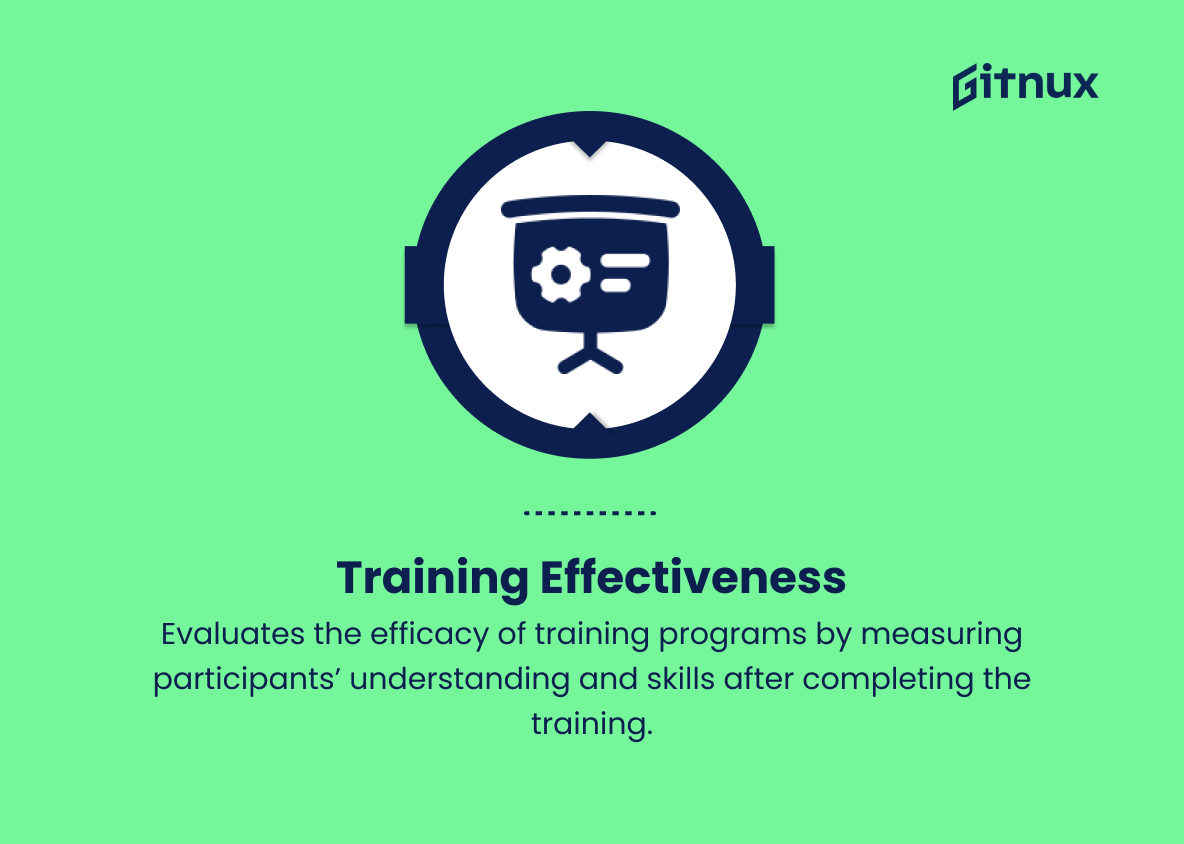In today’s ever-evolving business landscape, change is inevitable. Companies that not only adapt to change, but thrive in it, are the ones that succeed and grow. A crucial aspect of navigating these changes lies in effective change management – the process of implementing, monitoring, and optimizing new initiatives and systems within an organization. However, to truly comprehend the effectiveness of a change management strategy, it is essential to establish and track meaningful success metrics. In this blog post, we will delve into the science of change management success metrics, highlighting their importance in ensuring a smooth transition, showcasing real-world examples, and providing actionable insights to help you achieve the best results for your organization in times of change. So, join us as we explore the measurement tools and techniques that govern the success of change management initiatives – setting the foundation for a resilient and competitive business future.
Change Management Success Metrics You Should Know
1. Adoption rate
The percentage of the target audience that actively adopts the change. It determines how quickly and to what extent the change is embraced by the organization.
2. Resistance rate
The amount of negative response to the change by people impacted by it. A low resistance rate indicates an easier transition.
3. Engagement rate
Measures how actively involved employees are in the change process, through activities like collaborative problem-solving, open discussions, and training sessions.
4. Employee satisfaction
Indicates the overall satisfaction of employees with the change process, showcasing their acceptance and level of comfort with the new processes.
5. Training effectiveness
Evaluates the efficacy of training programs by measuring participants’ understanding and skills after completing the training.
6. Readiness assessment
A pre-change measurement to determine the organization’s preparedness for change by assessing its current culture, resources, and capabilities.
7. Stakeholder support
Evaluates the level of support from key stakeholders, including managers and decision-makers, to ensure the success of the change management process.
8. Process compliance
Monitors the extent to which employees follow the new processes and procedures related to the change consistently.
9. Impact on productivity
Measures the short-term and long-term impact of the change on the organization’s productivity levels.
10. Financial impact
Evaluates the financial outcomes of the change management initiative, including cost savings or revenue generation, compared to the initial investment.
11. Employee retention
Measures the change in employee turnover rates before and after the change implementation, linking change management with retention rates.
12. Time to proficiency
Evaluates the duration it takes for employees to become proficient in new processes, highlighting the effectiveness of the training and employee adaptation.
13. Change-related incident rates
Monitors the rate of incidents related to the change, such as errors, accidents, or miscommunications, to identify areas needing improvement.
14. Continuous improvement
Tracks ongoing improvements in processes, policies, and systems after the change implementation, showcasing the adaptability and resilience of the organization.
15. Change management maturity
Assesses the overall maturity of the organization’s change management practices by understanding its change management processes, resources, and capabilities.
Change Management Success Metrics Explained
Change management success metrics play a crucial role in measuring the adoption, effectiveness, and impact of change initiatives within an organization. Adoption rate, for instance, determines the speed and extent of acceptance by employees, while the resistance rate reflects how easily the transition occurs. Engagement rate highlights employees’ active participation in driving change, while employee satisfaction showcases their level of comfort in newly introduced processes. Well-executed training programs are essential, with training effectiveness being a key metric.
Readiness assessment, stakeholder support, and process compliance all provide insights on preparedness, leadership buy-in, and adherence to new procedures respectively. Meanwhile, metrics such as impact on productivity, financial impact, and employee retention demonstrate the tangible benefits of change management. Time to proficiency, change-related incident rates, and continuous improvement ensure that employees adapt quickly, while reducing errors and fostering ongoing growth. Lastly, change management maturity enables organizations to evaluate their overall progress through change management practices, ensuring long-term success and resilience in a constantly evolving business environment.
Conclusion
In conclusion, change management success metrics play a crucial role in determining the effectiveness and efficiency of organizational change initiatives. By incorporating a combination of tangible and intangible metrics, organizations can better assess the actual impact of changes on the employees, processes, and performance. Furthermore, this holistic approach paves the way for data-driven decision-making, continuous learning, and sustainable growth. Organizations must tailor their metrics to align with their unique goals and strategically use these insights to ensure success in their change management endeavors. Ultimately, prioritizing and comprehensively measuring change management success will lead to a thriving, adaptable organization built to withstand the ever-evolving demands of today’s business landscape.















